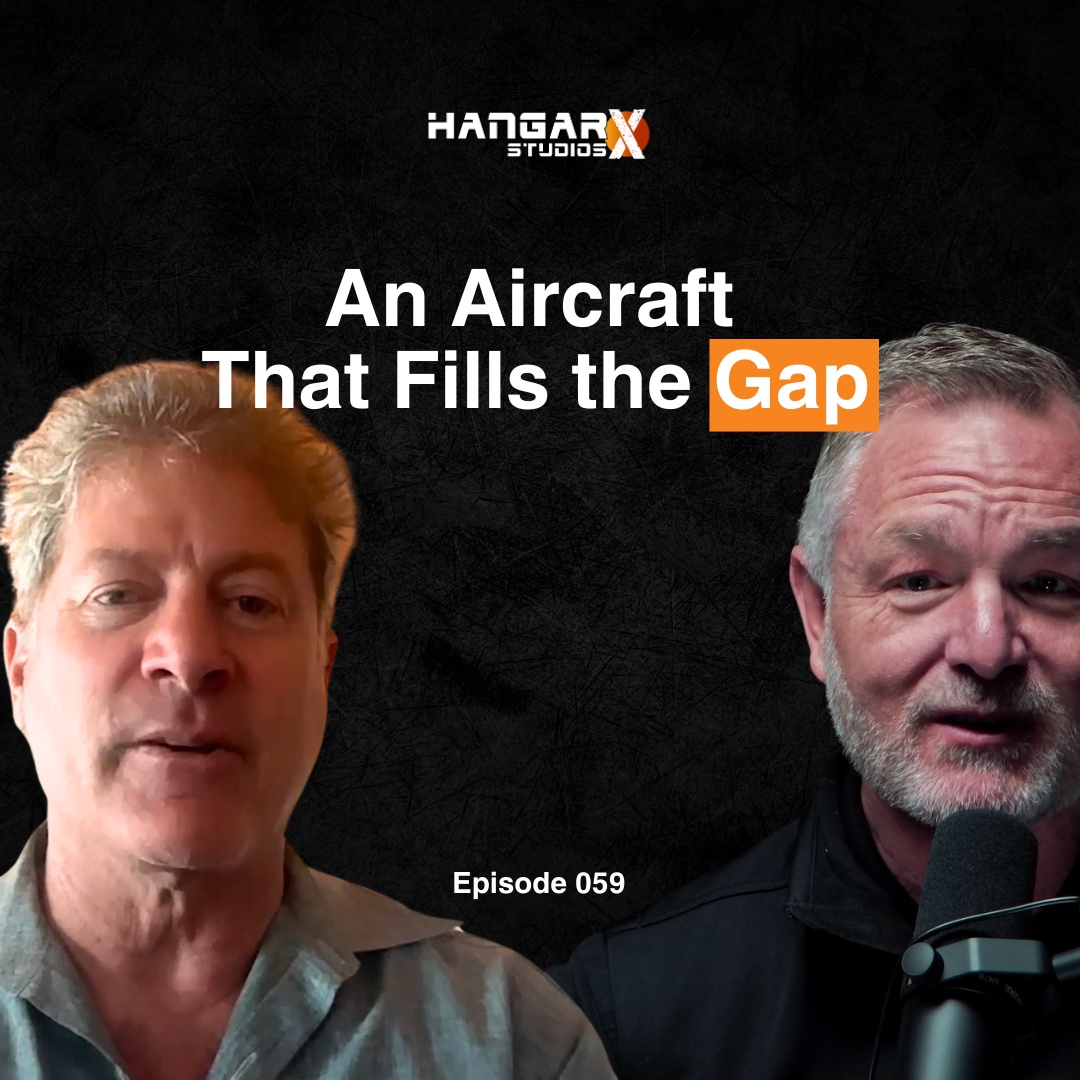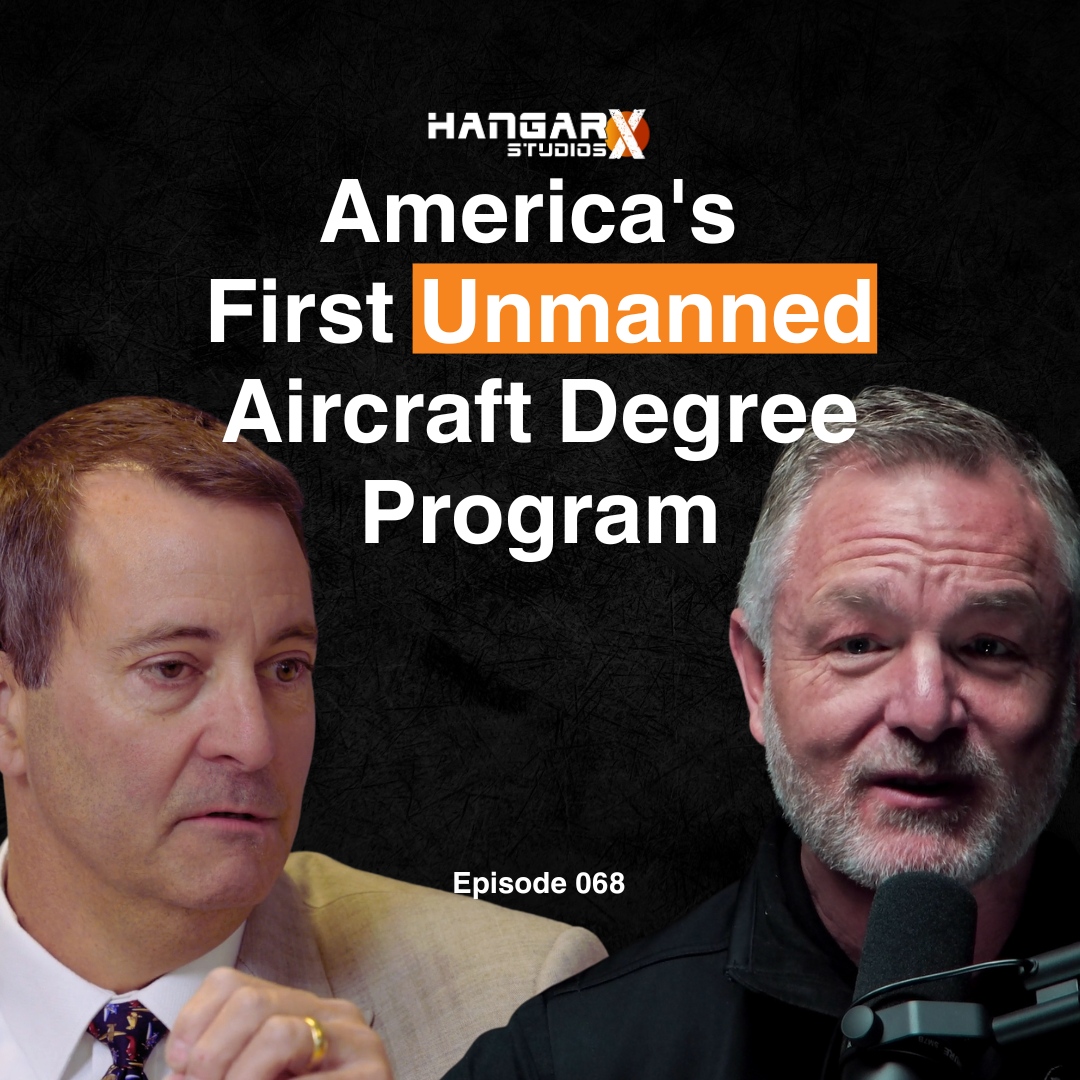In this exciting episode recorded live at Verticon, host John Ramstead sits down with Kim Hutchings, co-founder of Volo Mission, the only U.S.-based helicopter training program dedicated exclusively to long line external load operations. Kim shares how a need for formalized training inspired her and her husband—a veteran external load pilot—to launch Volo Mission. They delve into the complexities of long line flying, the skillset it demands, how Volo’s curriculum is transforming pilot readiness, and their latest initiatives to bring more women into the rotorcraft industry. Whether you're an aviation enthusiast, a commercial pilot, or someone fascinated by the evolving vertical economy, this episode delivers high-impact insights into one of aviation’s most specialized disciplines.
[00:00:03] Kim describes how her husband entered the world of external load flying without any formal training
[00:00:29] Host John Ramstead introduces the episode and sets the stage from Verticon
[00:02:07] Kim shares the founding of Volo Mission and its unique long line training
[00:03:21] The challenge of flight dynamics and learning to “fly the line”
[00:04:15] Techniques to control swinging loads in windy conditions
[00:04:44] What’s new in 2025: adding complex training scenarios and live fire Bambi bucket exercises
[00:05:20] Types of students: aspiring pilots and operators sending new hires
[00:05:27] Clarifying there's no formal certification—just essential skill development
[00:05:49] Introduction to “Ladies of the Long Line” and scholarships for women via the Whirly Girls
[00:06:42] Volo’s work as a distributor for the Robinson R66 Utility helicopter
[00:07:22] Kim's advice to pilots considering long line work: it will make you a better pilot, regardless of your path
Kim Hutchings is the co-founder of Volo Mission, the premier long line external load training company based in the U.S. Together with her husband—a seasoned Chinook pilot with over three decades of experience in logging and external load ops—Kim built a training curriculum grounded in safety, technique, and realism. Volo Mission now supports pilots and operators worldwide, with a strong emphasis on skill-building rather than certification. Kim is also the driving force behind initiatives to bring more women into rotorcraft aviation, such as the Ladies of the Long Line program in partnership with the Whirly Girls, an international organization of female helicopter pilots.
https://www.linkedin.com/in/kimberly-hutchings-1bbbb92a/
Volo Mission is a specialized helicopter training company dedicated exclusively to external load and long line operations. Founded by veteran pilot couple Kim Hutchings and her husband, Volo Mission was created to fill a critical gap in the industry by offering formal, hands-on training for one of aviation’s most complex and high-risk skills. With over a decade of experience, the program immerses pilots in real-world scenarios using a variety of loads and dynamic conditions to build precision, safety, and confidence. From aspiring commercial pilots to seasoned operators, Volo Mission equips aviators with the techniques and mindset needed for excellence in vertical lift operations.
"So you have to learn how to fly that line and control that line and load, because all different loads fly differently." – Kim Hutchings
"Sometimes we have pilots that just want to build their skill set. No matter what, this makes you a better pilot." – Kim Hutchings
"We give a scholarship to the Whirly Girls… it's our way to expose more women to what this industry is about." – Kim Hutchings
"We train with the Robinson R44 and now exclusively distribute the R66 Utility. That’s a big step for us in 2025." – Kim Hutchings

(TIMESTAMPS in description below) ~ In this episode of HangarX, we sit down with Kenny Morrow, Chief Operating Officer of Metro Aviation, live from...

In this gripping episode of Hangar X Studios, host John Ramstead sits down with Robert DeLaurentis, widely known as the “Peace Pilot,” to explore...

In this episode of Hangar X Studios, host John Ramstead sits down with Dana Sande, President of the UND Aerospace Foundation, to explore how...